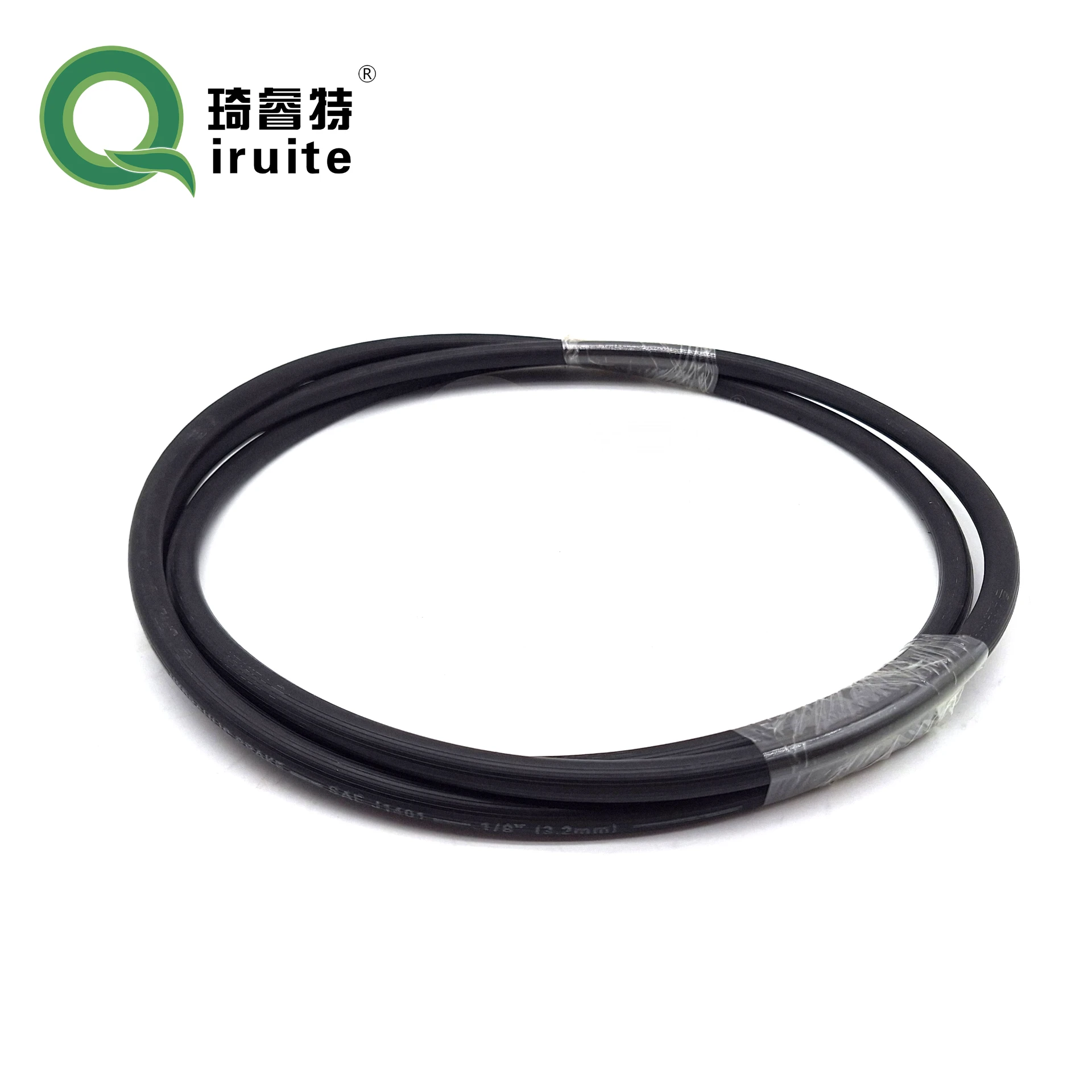power steering metal line
The Role and Importance of Power Steering Metal Lines in Modern Vehicles
Power steering is an essential system in modern vehicles, designed to reduce the effort required by the driver to steer the vehicle. One of the critical components of this system is the power steering metal line. These metal lines play a vital role in transmitting hydraulic fluid from the power steering pump to the steering gear, allowing for smoother and more responsive steering.
Understanding Power Steering Systems
To appreciate the significance of power steering metal lines, it is essential to understand how power steering systems work. Traditionally, vehicles utilized mechanical linkages to connect the steering wheel directly to the steering mechanism. However, as vehicle sizes and weights increased, maintaining control became more challenging. Consequently, power steering systems were developed, using hydraulic force to assist the driver in turning the steering wheel.
The power steering pump, driven by the engine, generates hydraulic pressure. This pressure is then transferred through metal lines to the steering gear. The design of these lines is crucial, as they must withstand high pressure and be resistant to wear and corrosion.
Composition and Design of Power Steering Metal Lines
Power steering metal lines are typically made of durable materials such as steel or aluminum. These materials ensure that the lines can handle the high pressure generated by the power steering pump. The design of these lines includes various bends and connections to fit seamlessly into the vehicle's engine compartment and routing systems.
Moreover, the quality of these metal lines can significantly impact their performance. High-quality lines resist kinks and leaks better, ensuring that the hydraulic fluid flows smoothly and efficiently. Manufacturers often coat these lines with protective layers to prevent rust and damage caused by exposure to road debris and fluids.
Maintenance and Common Issues
power steering metal line

Despite their durability, power steering metal lines can experience issues over time. Common problems include rust and corrosion, especially in regions where roads are salted during winter. These conditions can lead to leaks, reducing the efficiency of the power steering system and, ultimately, the safety of the vehicle.
Regular maintenance is crucial to ensure the longevity of power steering metal lines. Vehicle owners should periodically check for signs of wear, including visible rust or fluid leaks. If any damage is detected, it is essential to replace the affected lines promptly to avoid more significant issues.
The Future of Power Steering Technology
As automotive technology continues to evolve, so too does the design and functionality of power steering systems. Electric power steering (EPS) has gained popularity in recent years, using electric motors instead of hydraulic pumps. While EPS systems reduce the need for traditional metal lines, the hydraulic power steering system remains prevalent in many vehicles.
In the future, advancements in materials technology may lead to the development of more lightweight and corrosion-resistant materials for power steering metal lines. Such innovations would not only improve the efficiency of the system but also contribute to overall vehicle weight reduction, enhancing fuel efficiency and performance.
Conclusion
In conclusion, power steering metal lines are a fundamental aspect of hydraulic steering systems in modern vehicles. They enable the efficient transmission of hydraulic fluid, facilitating smooth and responsive steering for the driver. Understanding their role and maintaining their integrity is crucial for vehicle safety and performance.
As automotive technology progresses, the importance of these components will continue to be recognized, even as alternatives like electric power steering become more common. The legacy of power steering metal lines highlights the intricate balance of engineering and functionality that defines modern automobiles, ensuring that drivers can navigate with ease and confidence. As we look to the future, maintaining an awareness of these critical components will contribute to the ongoing tradition of innovation and improvement in the automotive industry.
-
Ultimate Spiral Protection for Hoses & CablesNewsJun.26,2025
-
The Ultimate Quick-Connect Solutions for Every NeedNewsJun.26,2025
-
SAE J1401 Brake Hose: Reliable Choice for Safe BrakingNewsJun.26,2025
-
Reliable J2064 A/C Hoses for Real-World Cooling NeedsNewsJun.26,2025
-
Heavy-Duty Sewer Jetting Hoses Built to LastNewsJun.26,2025
-
Fix Power Steering Tube Leaks Fast – Durable & Affordable SolutionNewsJun.26,2025

